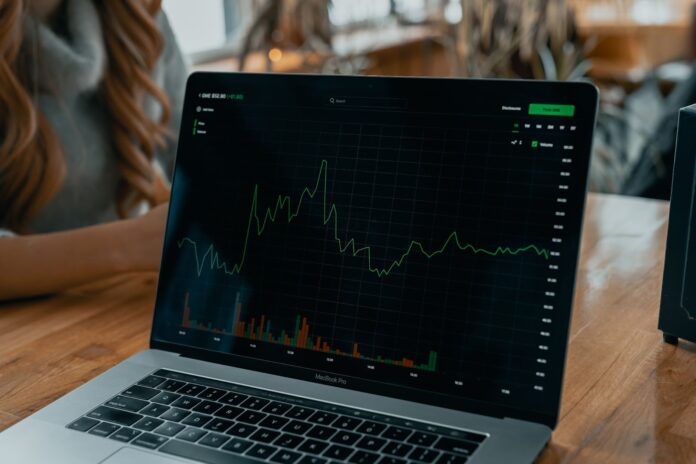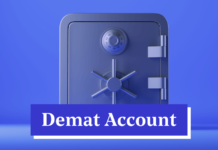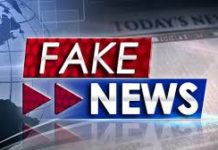What You Must Learn About Forex Before You Trade
The foreign exchange market, sometimes known as FX, or forex, is a decentralized marketplace for currency trading. The average daily trading volume on this exchange is $5.3 trillion, making it the world’s largest financial market. Anyone with an internet connection and a trading account can engage in foreign exchange trading, which is done via an intermediary such as a broker or market maker.
The fundamental concept of foreign exchange trading
Forex trading entails purchasing one currency while simultaneously selling holdings in another. Trading foreign exchange is done with the goal of profiting from changes in the value of one currency relative to another. If you believe, for example, that the value of the US dollar will rise against the value of the euro, you should trade forex.
Currency pairings
Currency pairings are units of measurement used in foreign exchange trading to show the relative worth of one currency against another. The phrase “base currency” refers to the first currency in a currency pair, whereas “quote currency” refers to the currency listed second. In terms of the base currency, the exchange rate is the ratio that indicates how many units of the quote currency are required to purchase one unit of the base currency.If the euro-dollar exchange rate is 1.20, for example, this means that 1 euro can buy 1.20 dollars in the United States.
The major currency exchange rates
On the foreign exchange market, major currency pairs include the British pound and the US dollar (GBP/USD), the US dollar and the Swiss franc (USD/CHF), the US dollar and the Japanese yen (USD/JPY), and the euro and the Japanese yen (EUR/JPY). Most of the foreign exchange market is made up of these pairs of currencies, which are traded a lot and have a lot of money in them.
Forex quotes
Foreign currency quotes are often offered in the form of bid and ask prices. The bid price is the price a trader is willing to pay to sell a currency, and the ask price is the price a trader is prepared to pay to buy a currency. The bid-ask spread, which is the difference between the prices being offered and those being sought, represents the cost of trading in the foreign currency market.
The use of leverage and margin
Leverage enables forex traders to increase their buying power and take larger positions with the same amount of money they originally invested. The amount of money that a trader can handle for each dollar invested can be expressed as a leverage ratio, such as 50:1, 100:1, and 200:1.
To employ leverage, traders must make a margin deposit equal to a percentage of the total value of the transaction. This is a security deposit held by the broker. The amount of margin that must be kept depends on the broker and the type of account, but it is usually a small part of the total value of the trade.
Economic variables involved in the determination of forex prices
Foreign currency prices are influenced by a variety of economic factors, including interest rates, inflation, and general economic development. For example, an increase in a country’s interest rates may cause its currency to appreciate because investors are lured by the higher returns provided by the country’s bonds and other assets. This might lead to a rise in currency demand. On the other hand, cutting interest rates may cause a currency to depreciate as investors seek higher returns elsewhere. This is due to the fact that lower interest rates attract fewer investors.
Inflation and economic growth are both important indicators of a country’s economic health and may have a significant impact on the value of the country’s currency. For example, a country’s currency may lose value if inflation is high but economic growth is slow. On the other hand, a country’s currency may gain value if inflation is low but economic growth is strong.
(https://unsplash.com/photos/HASoyURgPMY)
Monetary policy and central banks’ roles
On the foreign exchange market, it is important for central banks to use their monetary policy to change the value of their own currencies. Central banks utilize a variety of mechanisms to achieve the goals of their monetary policy, including setting interest rates, acquiring or selling government bonds, and changing the quantity of money in circulation.
Technical analysis
Technical analysis is the practice of evaluating assets by examining market activity information such as past prices and trading volume. In foreign currency trading, technical analysis is a method used to analyze price charts and detect trends, levels of support and resistance, and potential trading opportunities.
Technical analysts employ a variety of charting techniques, such as trend lines, moving averages, and oscillators, to identify repeating patterns in price behavior. They also consider market sentiment, economic data releases, and other elements that have the ability to impact currency exchange rates. Although it is hard to forecast how the market will behave in the future, technical analysis may help traders make informed decisions about their investments.
(https://unsplash.com/photos/5hcV51EeeWc)
Conclusion
Foreign exchange is a market in which traders bet on currency value movements with the goal of profiting. Before entering the market, it is critical to have a thorough understanding of both the market and the factors that influence currency prices. You may increase your chances of success in the foreign exchange market by learning the underlying concepts of currency trading and staying up-to-date on economic data releases.
Write and Win: Participate in Creative writing Contest & International Essay Contest and win fabulous prizes.
















